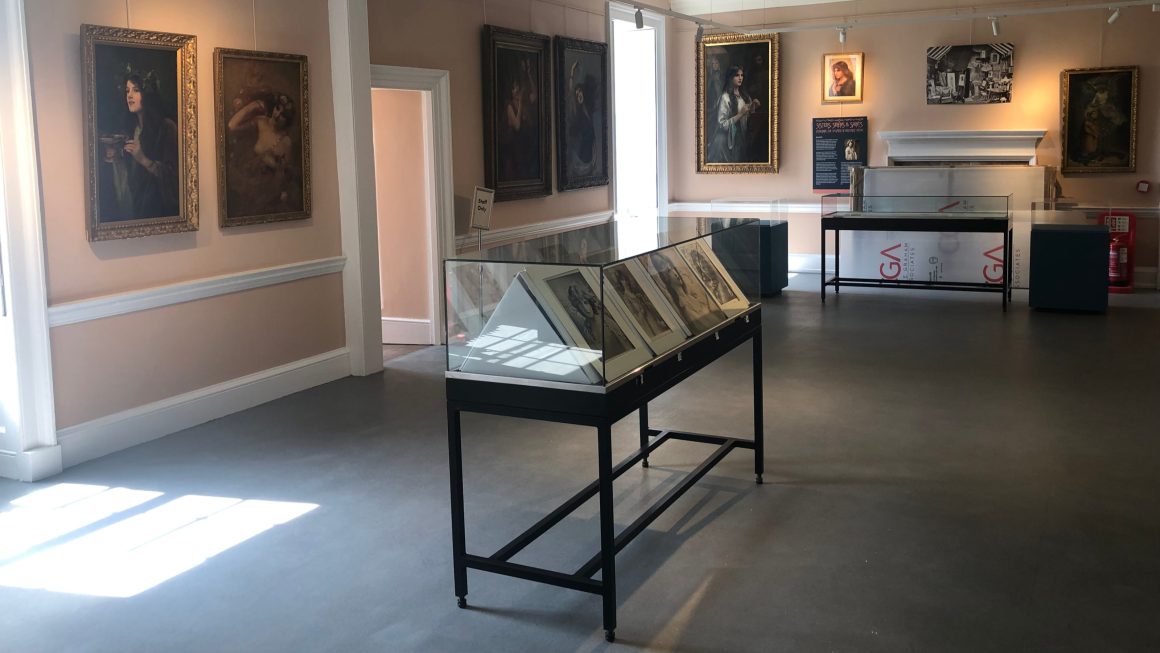London’s beloved production of “The Lion King” is marking two major milestones with a special exhibition at Battersea Power Station this February. The West End show, which has entertained audiences at the Lyceum Theatre since 1999, is celebrating both its 10,000th performance and welcoming its 20 millionth guest.
The free pop-up exhibition, running from February 17-23, 2025, will give visitors a rare behind-the-scenes look at the award-winning production’s iconic masks, puppets, and costumes. Located in the Power Station’s historic Turbine Hall A, the exhibition will showcase beloved characters including Rafiki, Zazu, Mufasa, Simba, and Nala.
Throughout the half-term week, Disney Teaching Artists will lead family workshops alongside other special activities for visitors. The exhibition offers a unique opportunity to understand the creative process behind Julie Taymor’s groundbreaking production, which made history when she became the first woman to win a Tony Award for Best Director of a Musical.
The London production, now in its 26th year, represents one of 25 global versions of the show performed in nine different languages. The musical’s success stems from its innovative blend of Western popular music with African rhythms, featuring songs by Elton John and Tim Rice, including the Academy Award-winning “Can You Feel The Love Tonight.”
The creative team behind the production, which won five Tony Awards, includes British designer Richard Hudson for scenic design, Donald Holder for lighting, and choreography by Garth Fagan. The show’s distinctive African-inspired design elements were created through a collaboration between director Julie Taymor and Michael Curry, who designed hundreds of masks and puppets for the production.
Last October, the London production celebrated its 25th anniversary, confirming its status as one of the West End’s most enduring shows. The exhibition at Battersea Power Station offers visitors a chance to explore the artistry that has captivated millions of theatregoers over the past quarter-century.
Further information about the exhibition can be found on the Battersea Power Station website.













